That’s why it makes so much sense to put all-new quality siding on your home when your current covering begins to wear out and show serious signs of aging. It's also why you want to work with a licensed Minnesota siding company for installation.
What Wears Out Siding?There are three major elements that wear out siding over time, and even if you have a product that holds up particularly well against one of these elements, it’s likely that one of the others will break down your home covering eventually.
- Wind – Wind itself probably won’t damage your siding or remove any sections unless you have a very poorly installed product or we’re talking about tornado force winds. That said, wind does carry with it dust particles, small rocks and all other sorts of debris such as cut grass and weeds that can all aid in the wear and early aging of your siding.
- Moisture – Siding works hard to protect the exterior walls of your home from moisture and water damage. Over time that moisture can affect the siding and cause some serious aging. For some types it will lead to fading, in others it will cause rotting, and some metal-based sidings such as aluminum will eventually corrode from moisture.
- Sunlight – This is one of the biggest factors in aging siding, especially products like vinyl that do poorly in sunlight. Not only does sunlight contain damaging UV radiation but also causes the material to heat up and cool down over and over again, which isn’t good for its health over time. The constant temperature fluctuations can lead to warping and distortion, which means it doesn't lay flat and properly protect the underlying structure. Gaps and bulges mean air and water are getting underneath.
When your siding finally begins to give way, it’s important to choose a good quality siding product that is going to last you for years while looking good at the same time. While vinyl and wood-based siding are pretty affordable, there are few options that are as durable or long-lasting as seamless steel siding that’s properly treated. It stands up to sun and wind exceptionally well, and holds up to moisture nicely for decades when you get a quality product. In fact, seamless steel siding is our specialty, and it's our number one recommendation.
Quarve siding specialists are known for working with seamless steel siding that comes with its own benefits. We can offer some of the best siding options on the market today, if your home is in need of an upgrade. Our Minnesota siding company can provide the durable siding you're in need of. We install steel siding in the entire Twin Cities metro area, including the communities of 55082 (Stillwater, Lakeland, Grant Township, Oak Park Heights), 55304 (Andover, Anoka, Soderville, Ham Lake, County Market) and 55446/55447 (Plymouth). Why not contact us today for a free estimate?
Subscribe to Quarve Contracting's Blog


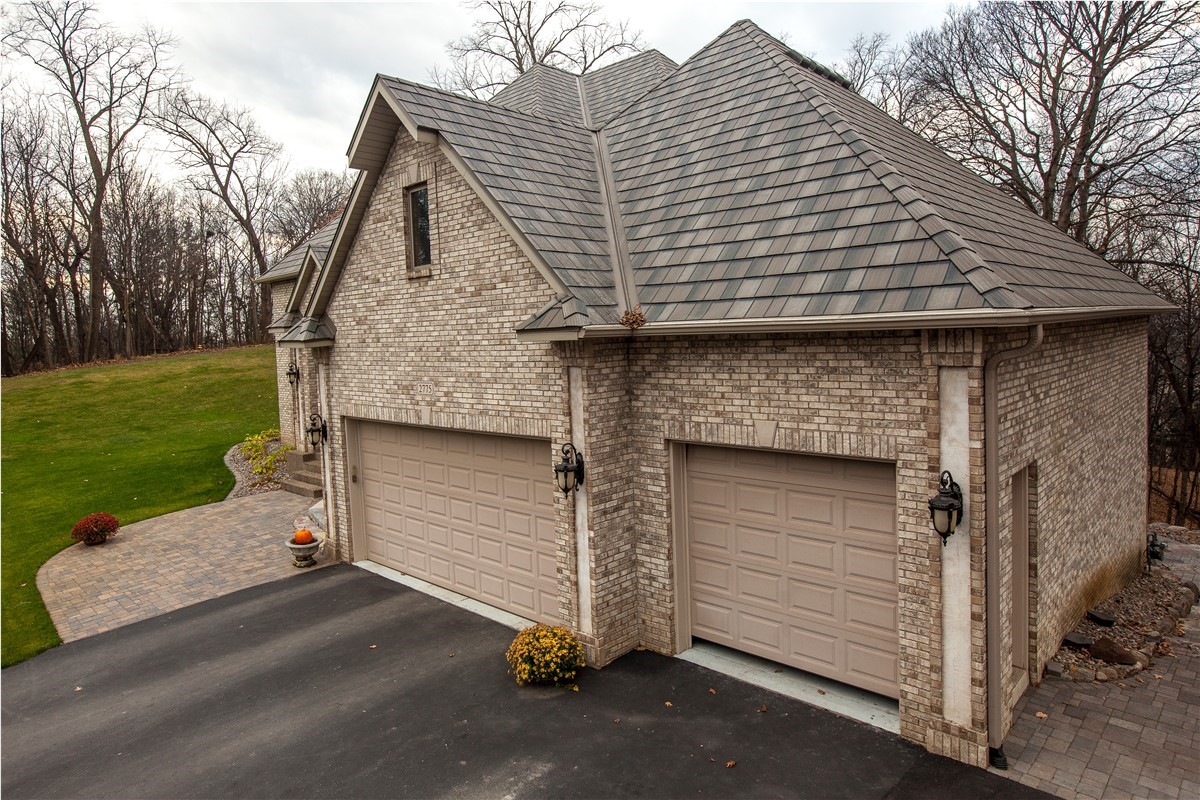
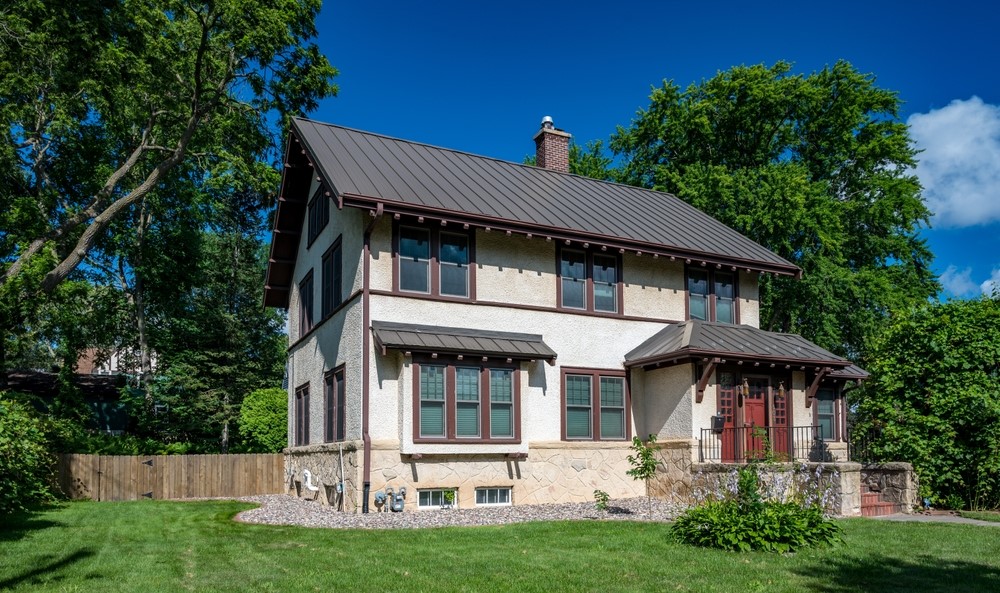
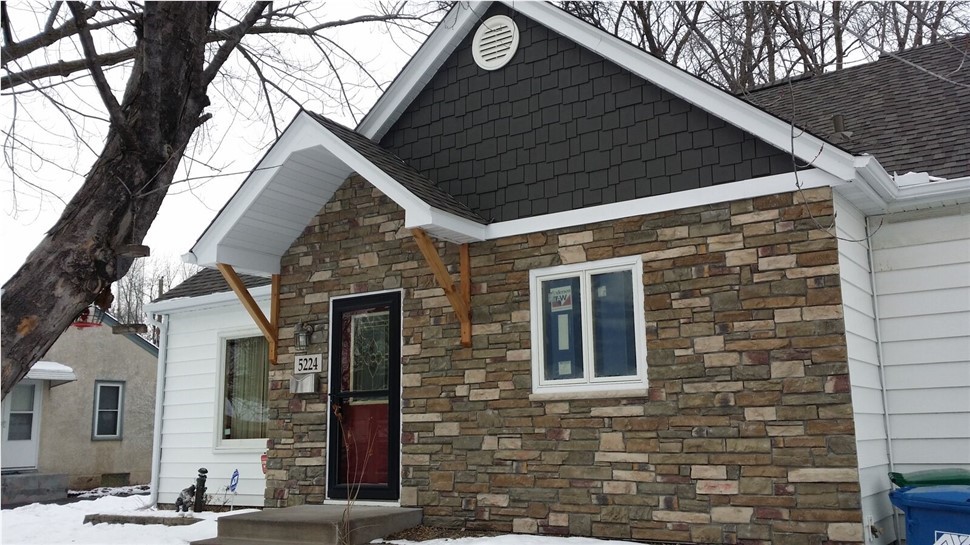
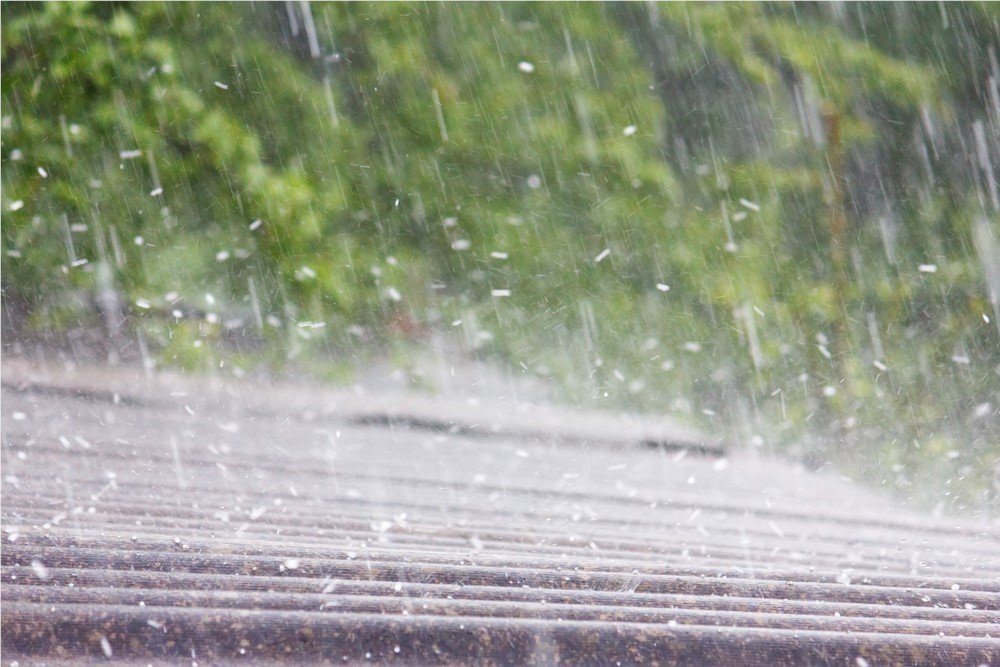
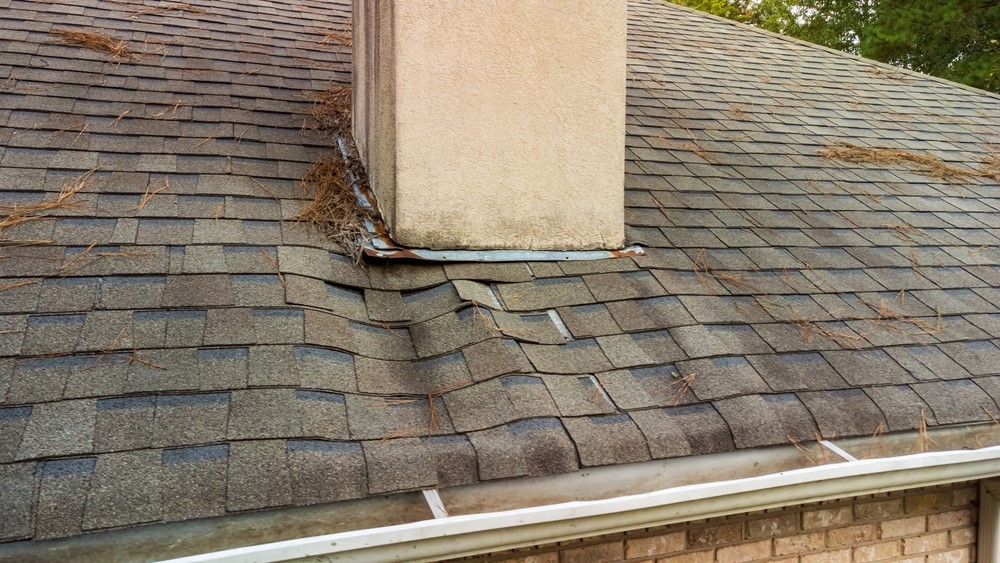
Comments